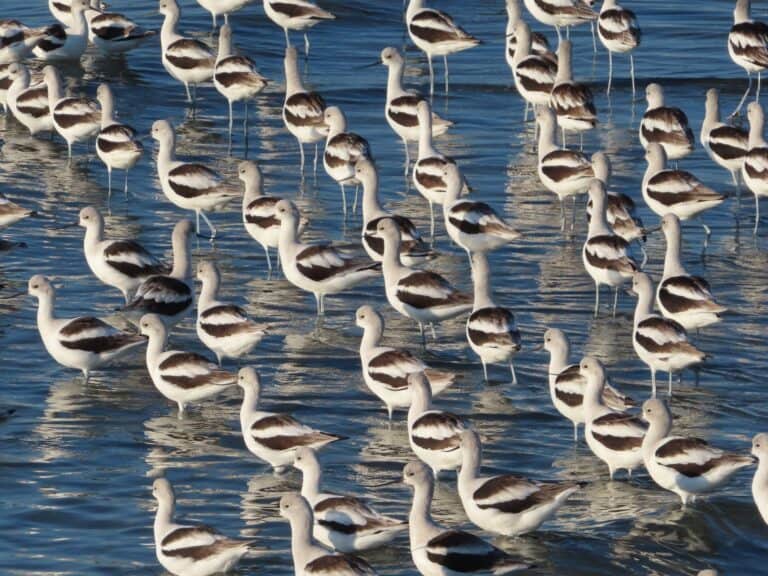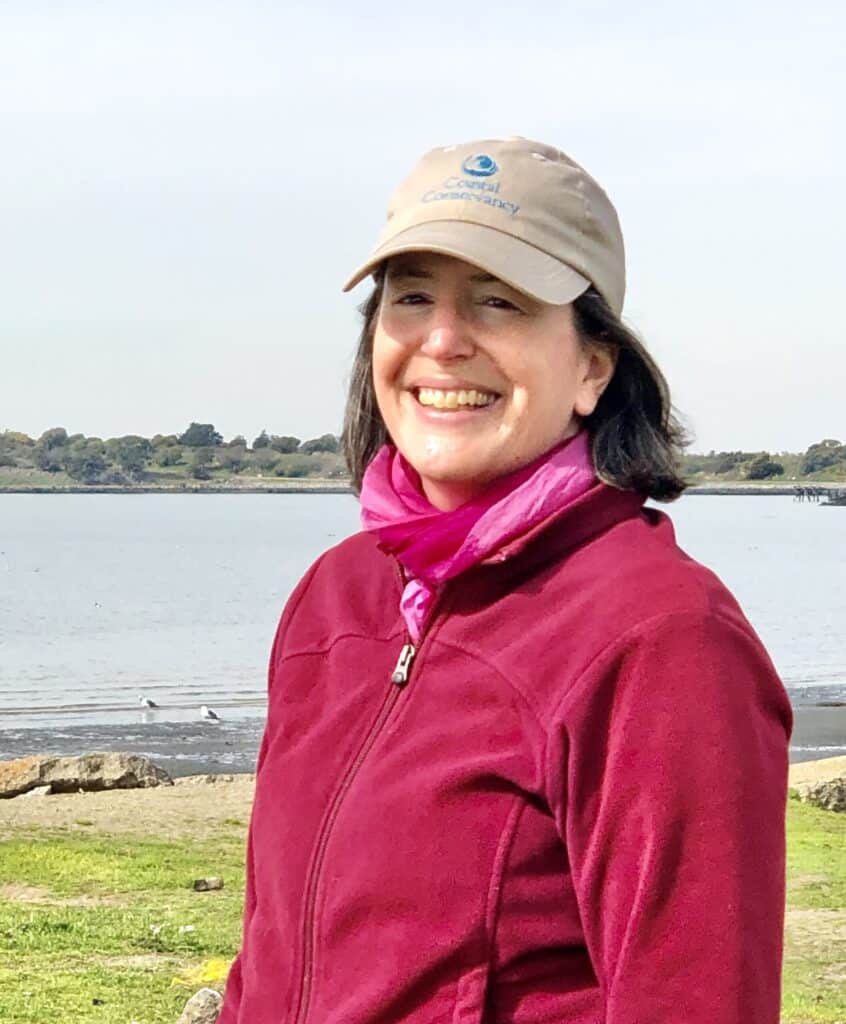After 16 years of working in the San Francisco Estuary, including serving as a manager for key regional agencies, I have ridden several waves of restoration. I’ve seen big changes in how restoration is done, who does it, and who benefits—whether it’s a fish or bird on the verge of extinction or a young person from an urban community learning green job skills on the shoreline. Our view of what matters continues to expand as connections that were once cloudy—between habitat restoration and environmental justice, between upland and bay habitats—come into focus. We’re not just trying to create small patches of tidal marsh but to piece together a huge mosaic of habitats from working lands to wetlands. We now know that a single project can create new homes for fish and wildlife, protect communities from flooding, and provide much-needed access to nature.
After spending the first decade of my career working internationally on energy efficiency and sustainable agriculture, I have found it rewarding to act locally to address the global challenges we face. While the impacts of climate change and inequities continue to grow, we have unprecedented levels of state and federal funding to do our part to address them. As I look back over the last 16 years of my journey, it feels important to reflect on where we’ve been and where the next wave of restoration may take us.
Bay Beginnings
When I began working at the San Francisco Bay Conservation and Development Commission (BCDC) in 2007, I was one of seven new staff spread across BCDC’s planning, permitting, sediment management, and enforcement divisions. We were lucky to have an infusion of funding that allowed us to be trained in Bay ecology by illustrious experts. We learned about salt marsh harvest mice from Howard Shellhammer, about creeping wild rye and salt marsh pannes from Peter Baye, and about benthic macroinvertebrates and eelgrass from Chela Zabin and Kathy Boyer. We learned about the three Berkeley women who saved the Bay, leading to the creation of Save the Bay and BCDC itself, from BCDC deputy director Steve McAdam, who was one of Save the Bay’s first paid employees and later became one of BCDC’s first and longest-serving employees.
Corralling Sediment and Breaking the Waves
I was assigned to work in sediment management, issuing permits for dredging projects and participating in the ongoing effort to promote the reuse of dredged sediment in restoration projects, where it was desperately needed to raise the elevations of subsided diked Baylands. By 2007, restoration had already been underway for a couple decades, and practitioners and researchers were constantly seeking to figure out why some projects worked better than others, and apply lessons learned to future restoration project designs. At one point, I helped organize a Wind Wave Workshop, where experts came together to debate the best way to design restoration projects so that waves stirred up by the wind could be dampened, and more suspended sediment could settle out and allow the site to reach marsh plain elevation more quickly, at which point plants could grow. The consensus was that […]
Full article: Riding the Restoration Waves: My Estuarine Journey


